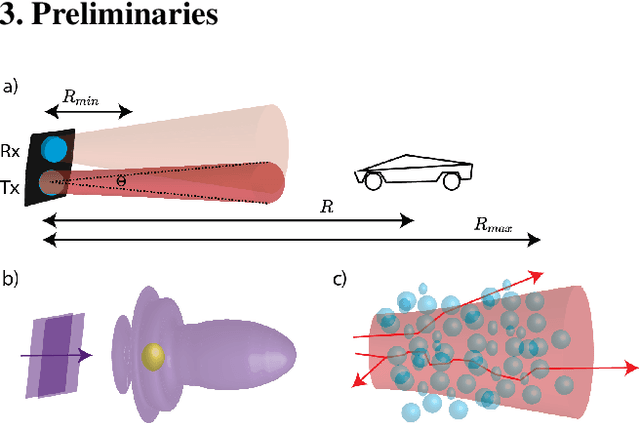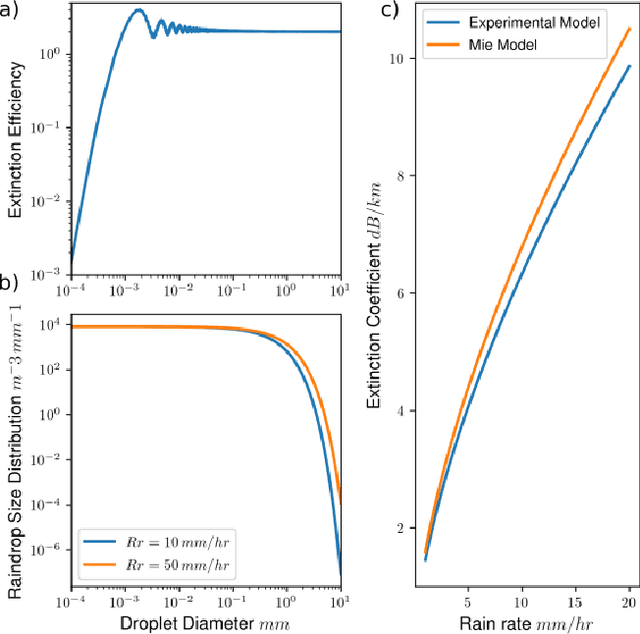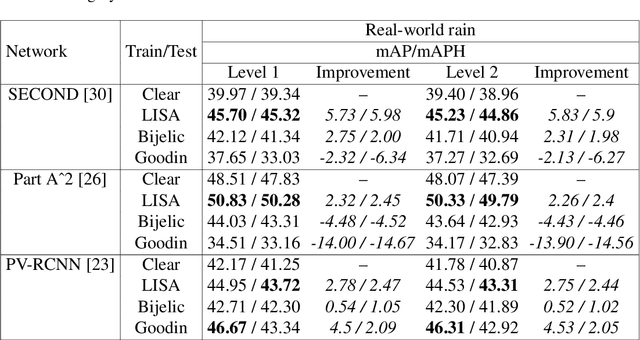Mark A. Foster
Machine Learning Resistant Amorphous Silicon Physically Unclonable Functions (PUFs)
Feb 05, 2024Abstract:We investigate usage of nonlinear wave chaotic amorphous silicon (a-Si) cavities as physically unclonable functions (PUF). Machine learning attacks on integrated electronic PUFs have been demonstrated to be very effective at modeling PUF behavior. Such attacks on integrated a-Si photonic PUFs are investigated through application of algorithms including linear regression, k-nearest neighbor, decision tree ensembles (random forests and gradient boosted trees), and deep neural networks (DNNs). We found that DNNs performed the best among all the algorithms studied but still failed to completely break the a-Si PUF security which we quantify through a private information metric. Furthermore, machine learning resistance of a-Si PUFs were found to be directly related to the strength of their nonlinear response.
Lidar Light Scattering Augmentation (LISA): Physics-based Simulation of Adverse Weather Conditions for 3D Object Detection
Jul 14, 2021



Abstract:Lidar-based object detectors are critical parts of the 3D perception pipeline in autonomous navigation systems such as self-driving cars. However, they are known to be sensitive to adverse weather conditions such as rain, snow and fog due to reduced signal-to-noise ratio (SNR) and signal-to-background ratio (SBR). As a result, lidar-based object detectors trained on data captured in normal weather tend to perform poorly in such scenarios. However, collecting and labelling sufficient training data in a diverse range of adverse weather conditions is laborious and prohibitively expensive. To address this issue, we propose a physics-based approach to simulate lidar point clouds of scenes in adverse weather conditions. These augmented datasets can then be used to train lidar-based detectors to improve their all-weather reliability. Specifically, we introduce a hybrid Monte-Carlo based approach that treats (i) the effects of large particles by placing them randomly and comparing their back reflected power against the target, and (ii) attenuation effects on average through calculation of scattering efficiencies from the Mie theory and particle size distributions. Retraining networks with this augmented data improves mean average precision evaluated on real world rainy scenes and we observe greater improvement in performance with our model relative to existing models from the literature. Furthermore, we evaluate recent state-of-the-art detectors on the simulated weather conditions and present an in-depth analysis of their performance.
 Add to Chrome
Add to Chrome Add to Firefox
Add to Firefox Add to Edge
Add to Edge